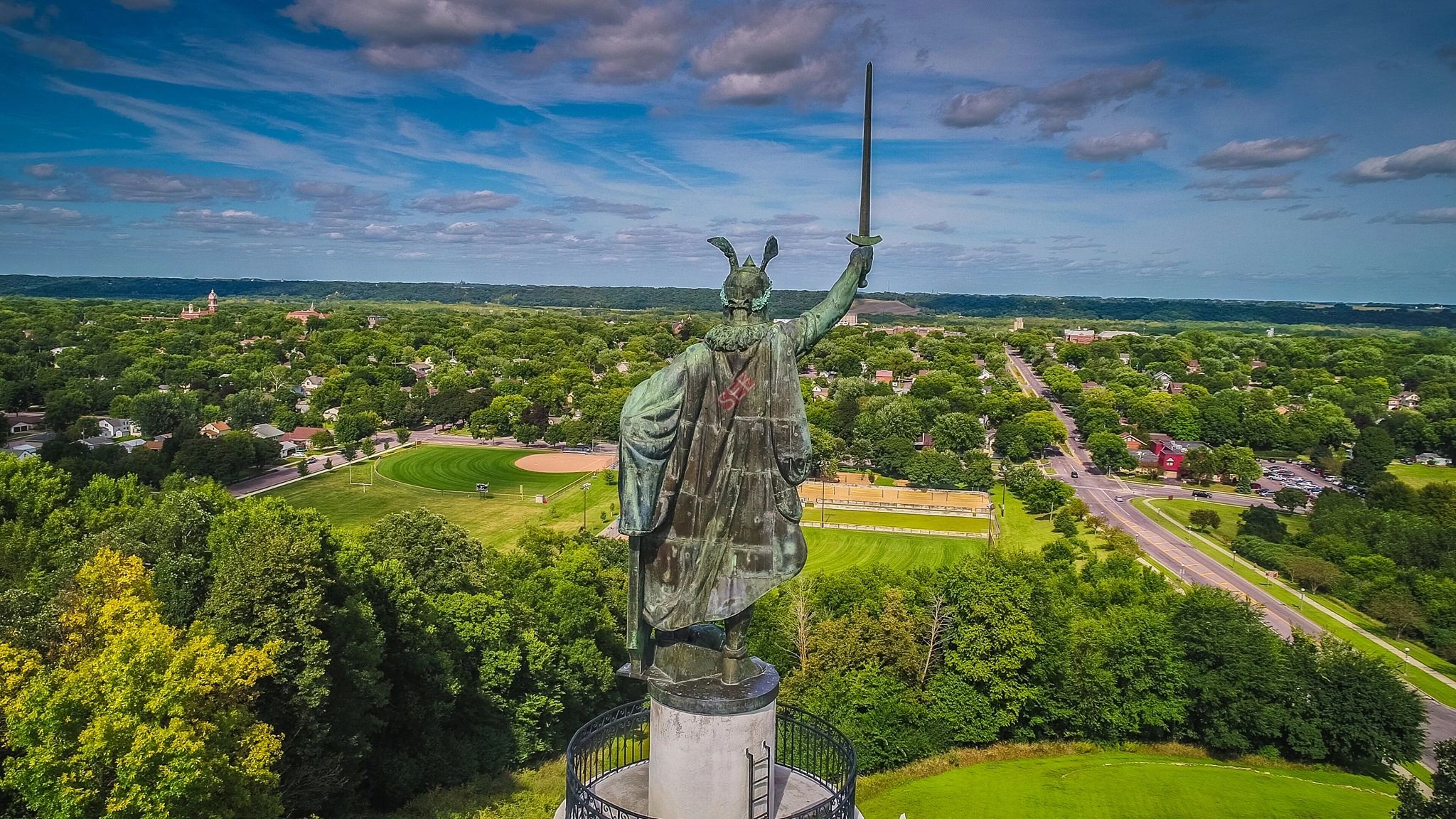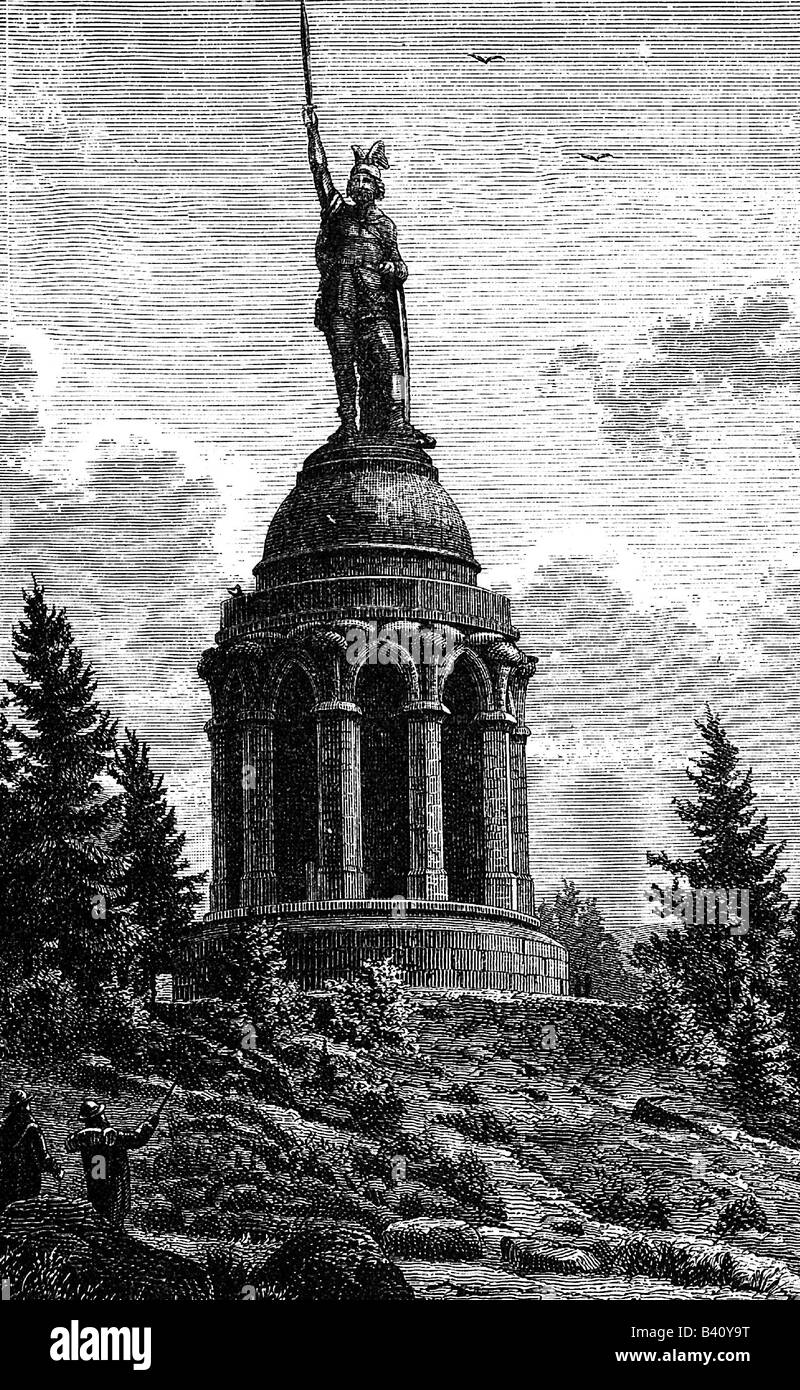



This insight raises new questions about the course of the battle - and whether it even happened at Kalkriese. The Germans definitely lay in wait but they did not, as assumed up to now, use the wall.” “We’re talking about a battle that lasted several days. This discovery does not refute the theory of a vast Germanic ambush. “The latest excavations show that the Romans barricaded themselves into a makeshift fortification,” Joseph Rottmann, director of a Kalkriese museum that recounts the battle, told Handelsblatt Global. Now, it’s believed to have been part of the Roman fort. Historians at Kalkriese had assumed that Arminius and his men used the wall as cover from which to ambush the passing Romans. This contradicts the earlier theory that a 400-meter earthwork previously found on the battlefield was Germanic. That’s where archaeologists found layers of sand, piled-up earth, wood and Roman artifacts that confirm what they had already begun suspecting after a previous dig in 2016: the find is the remains of a hastily-erected Roman fortification, a classic ditch-and-earth-rampart construction. Joseph Rottmann, director of the Kalkriese museum The latest excavations show that the Romans barricaded themselves into a makeshift fortification. And now that story must be rewritten once more, after a dramatic discovery last month at the presumed site of the battle near the village of Kalkriese, some 15 kilometers (9.3 miles) north of Osnabrück in northwestern Germany. This copper hero holds aloft a sword seven meters long and faces France, Germany’s old foe, beaten four years earlier in a war that had finally ushered in German unification.įor all that legend and interpretation, however, historians and archaeologists still argue – often bitterly – about exactly how and where the battle took place. The cult around Hermann the German peaked in 1875, when a gigantic monument of him was completed near the town of Detmold. Many experts think that Siegfried, a hero in German mythology like Beowulf in Anglo-Saxon, is based on Arminius. The battle’s tale was spun into myth and retold in poems, plays, operas, books and paintings that hailed Hermann as Germany’s first hero. But the war cries and clang of swords also echoed through the ages in other ways: as a creation myth – glorious and catastrophic at once - that later forged the German nation. It stopped the Romans from colonizing the wild lands east of the Rhine – Germany even now is divided between a wine-loving south and west and a beer-swilling north and east. The battle of Teutoburg Forest changed history, its impact visible to this day. But the king declined the offer and sent the head to Emperor Augustus in Rome.

The message was simple: the Romans can be beaten, join me. Arminius, of the Cheruscan tribe, sent Varus’ head to Maroboduus, king of the Suebi, another Germanic tribe. Varus himself fell on his sword on the fourth and final day of the battle. Those captured were enslaved or sacrificed to gods, their severed heads nailed to trees. But Arminius was using his knowledge of the Romans to lure Varus into a trap, vanquishing three legions so completely that only handfuls of the 20,000 Roman troops escaped. His name was Arminius – Hermann, in German. It was the year 9 AD, and the Roman general Publius Quinctilius Varus, governor of Germania, was following the advice of a Germanic chieftain he knew and trusted, because the German had long fought in the service of the Romans. For four days the battle raged, stretching along lines up to 100 kilometers long through the dark and foggy Teutoburg Forest in northwestern Germany.


 0 kommentar(er)
0 kommentar(er)
